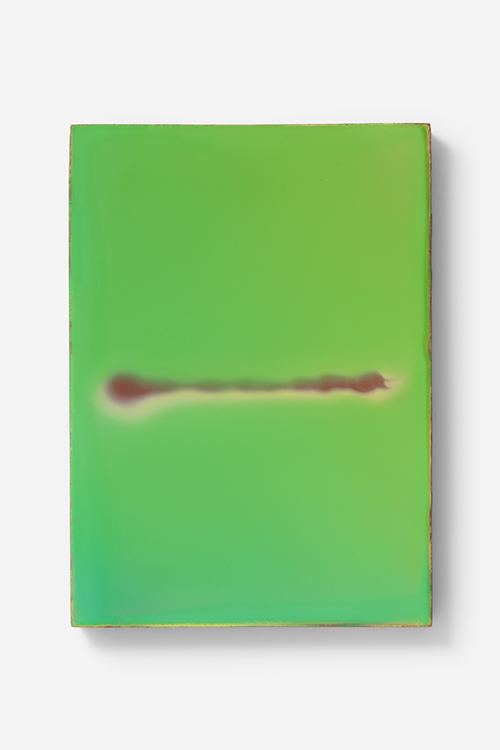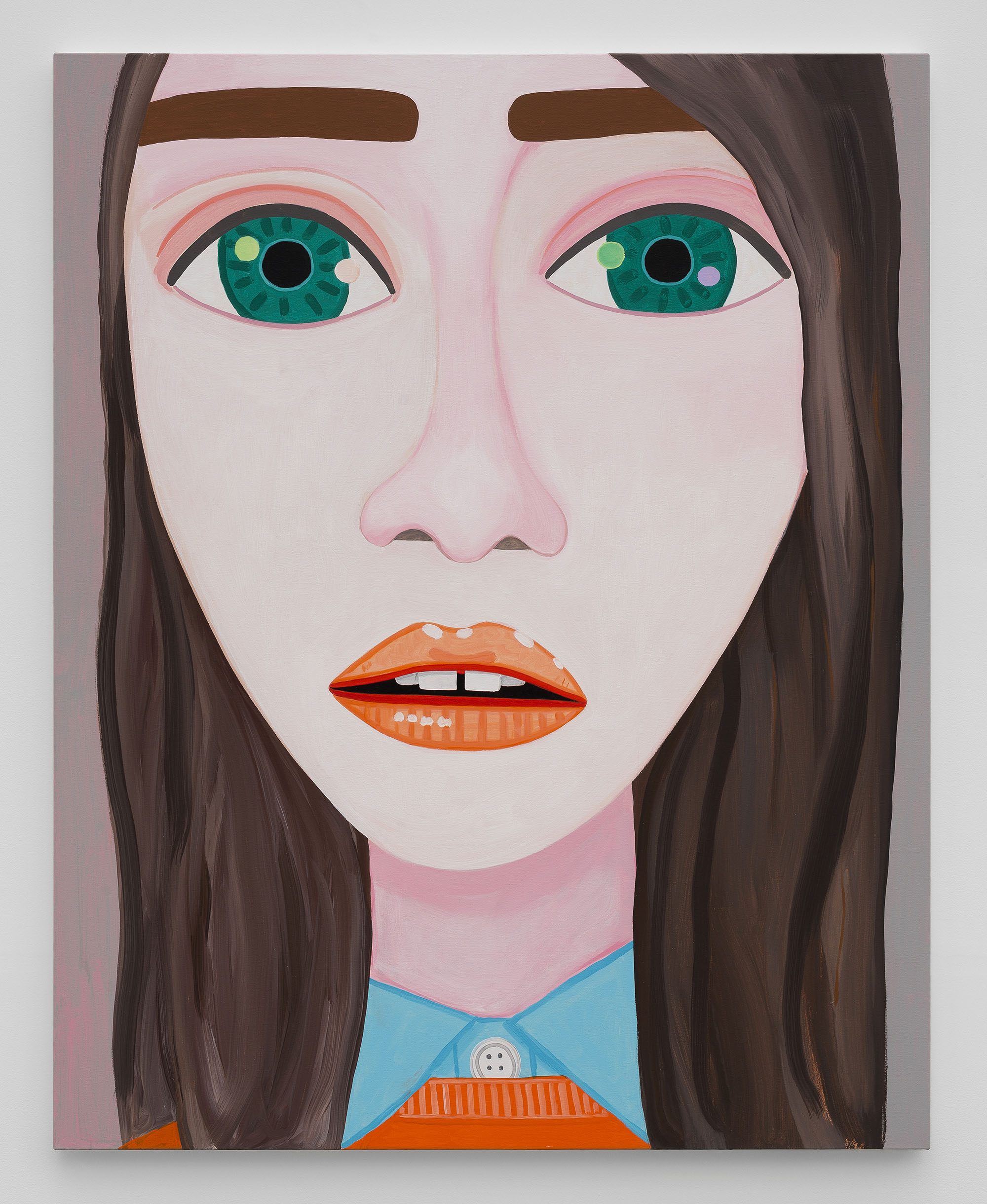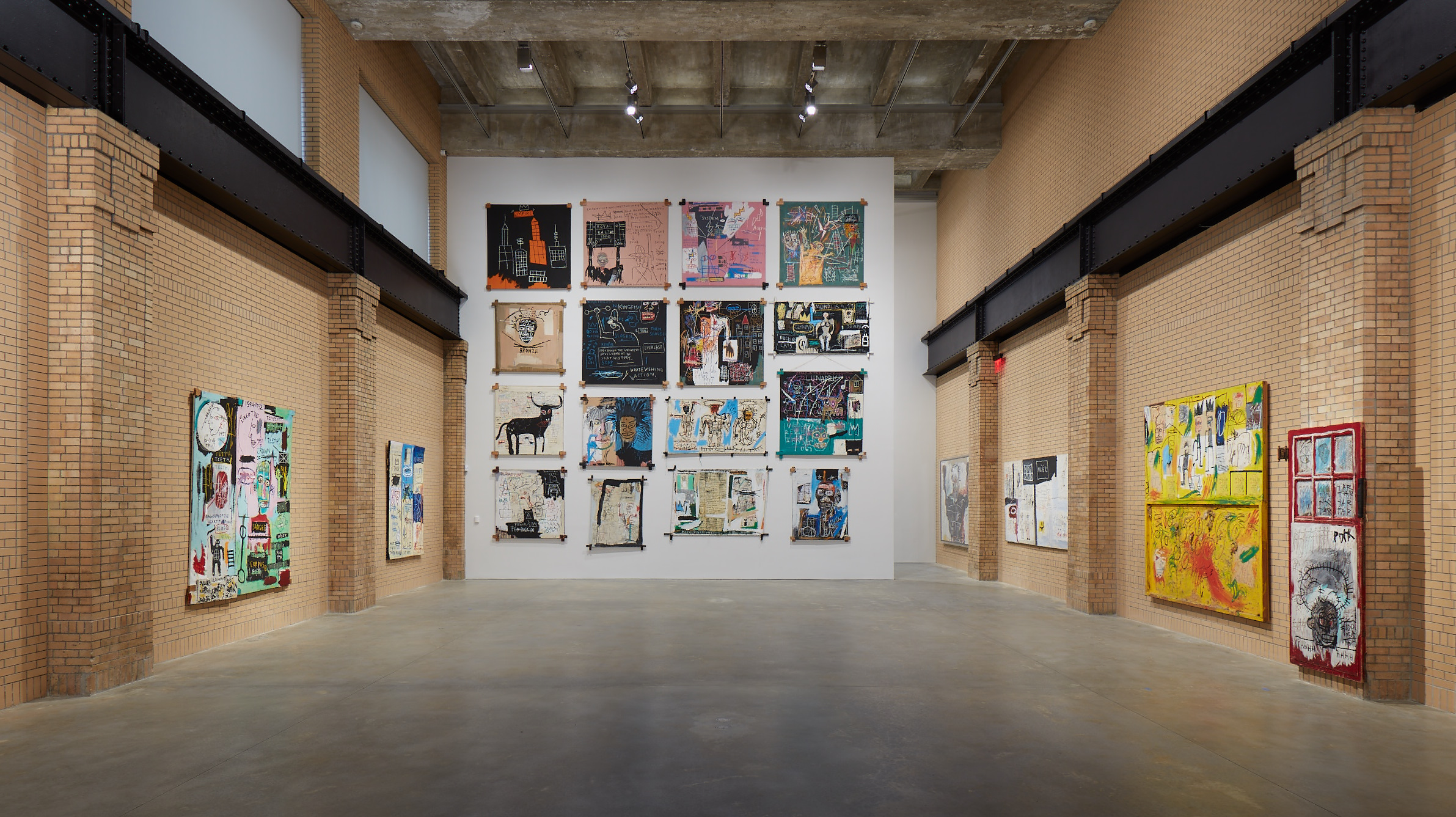
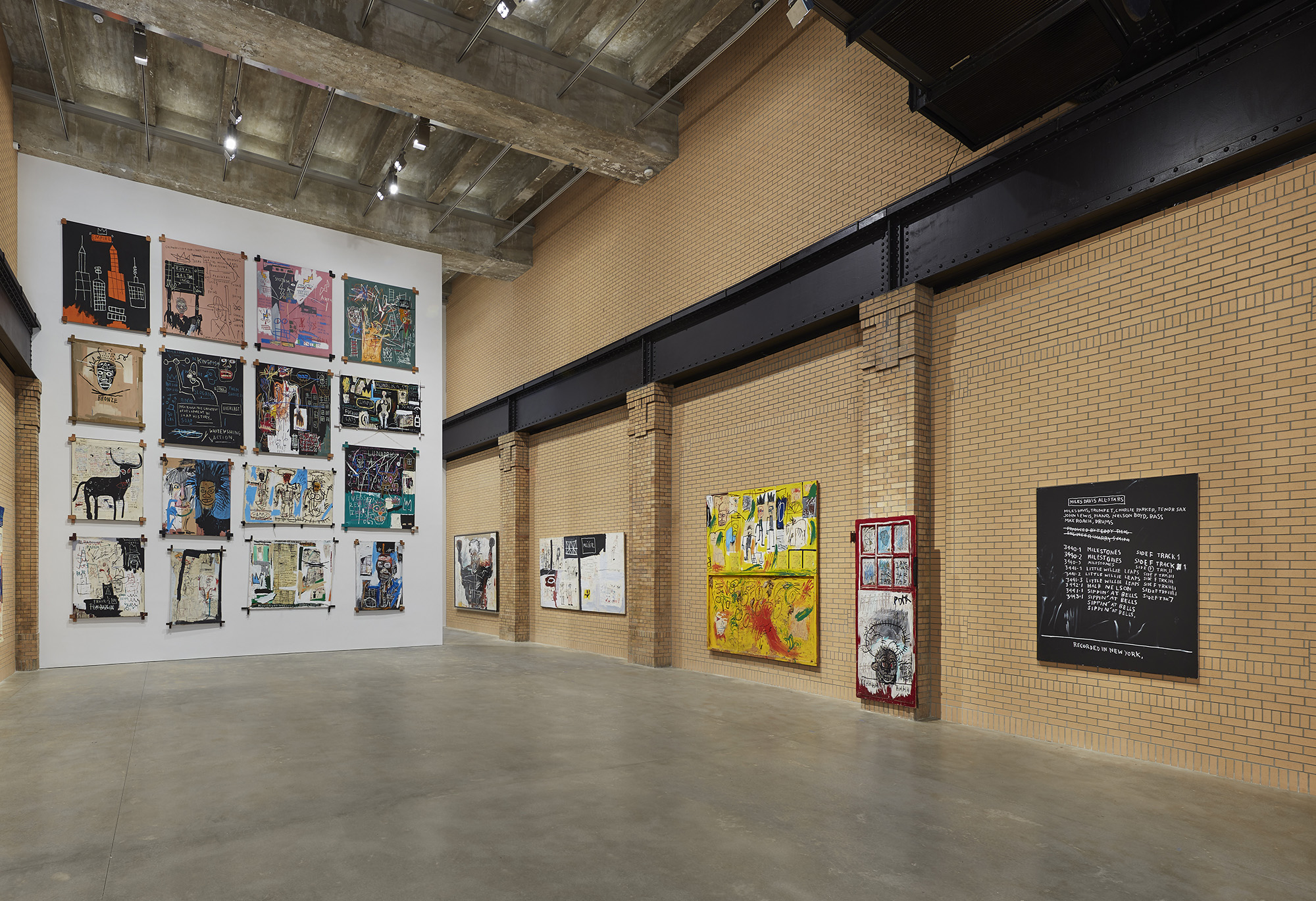
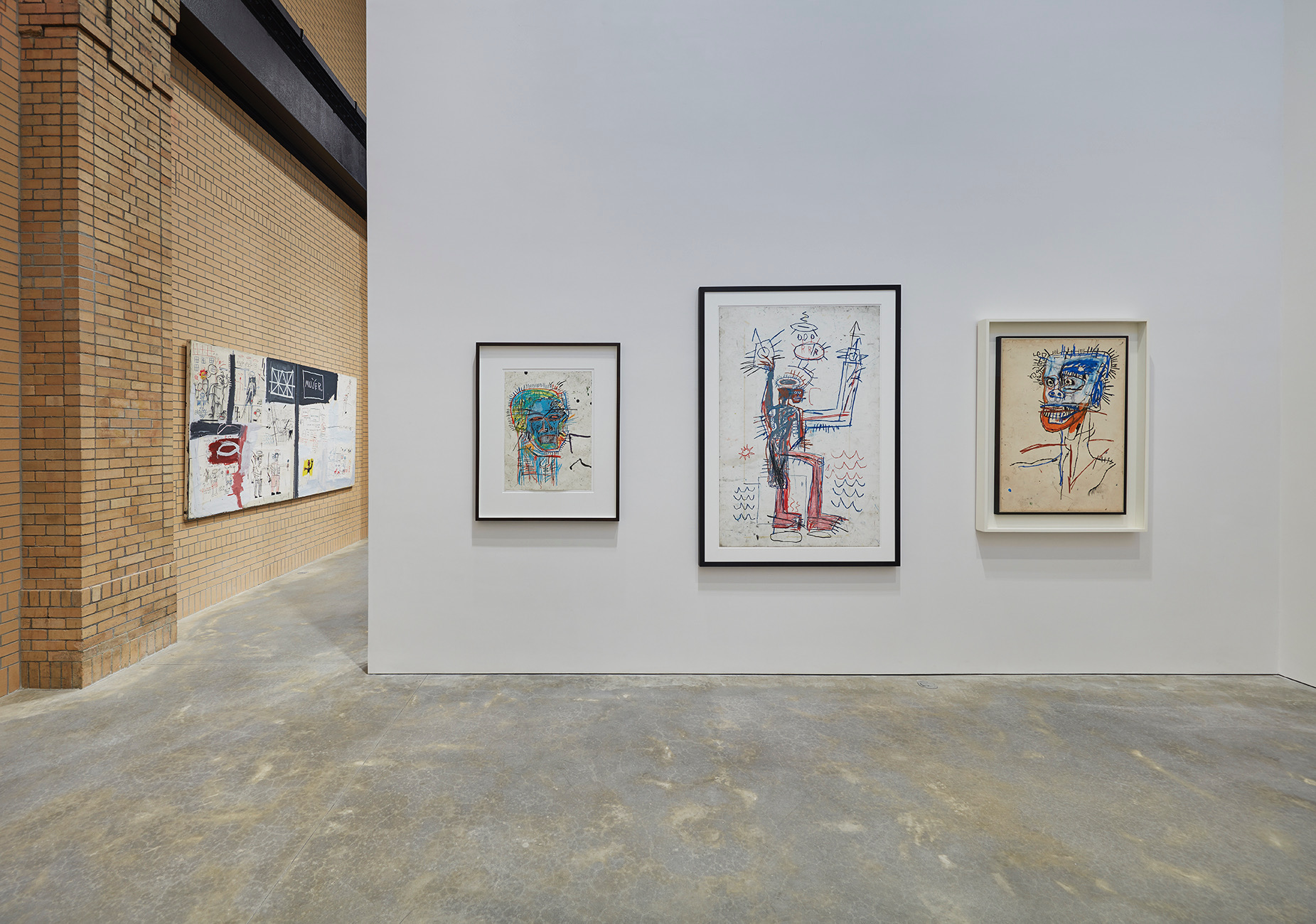
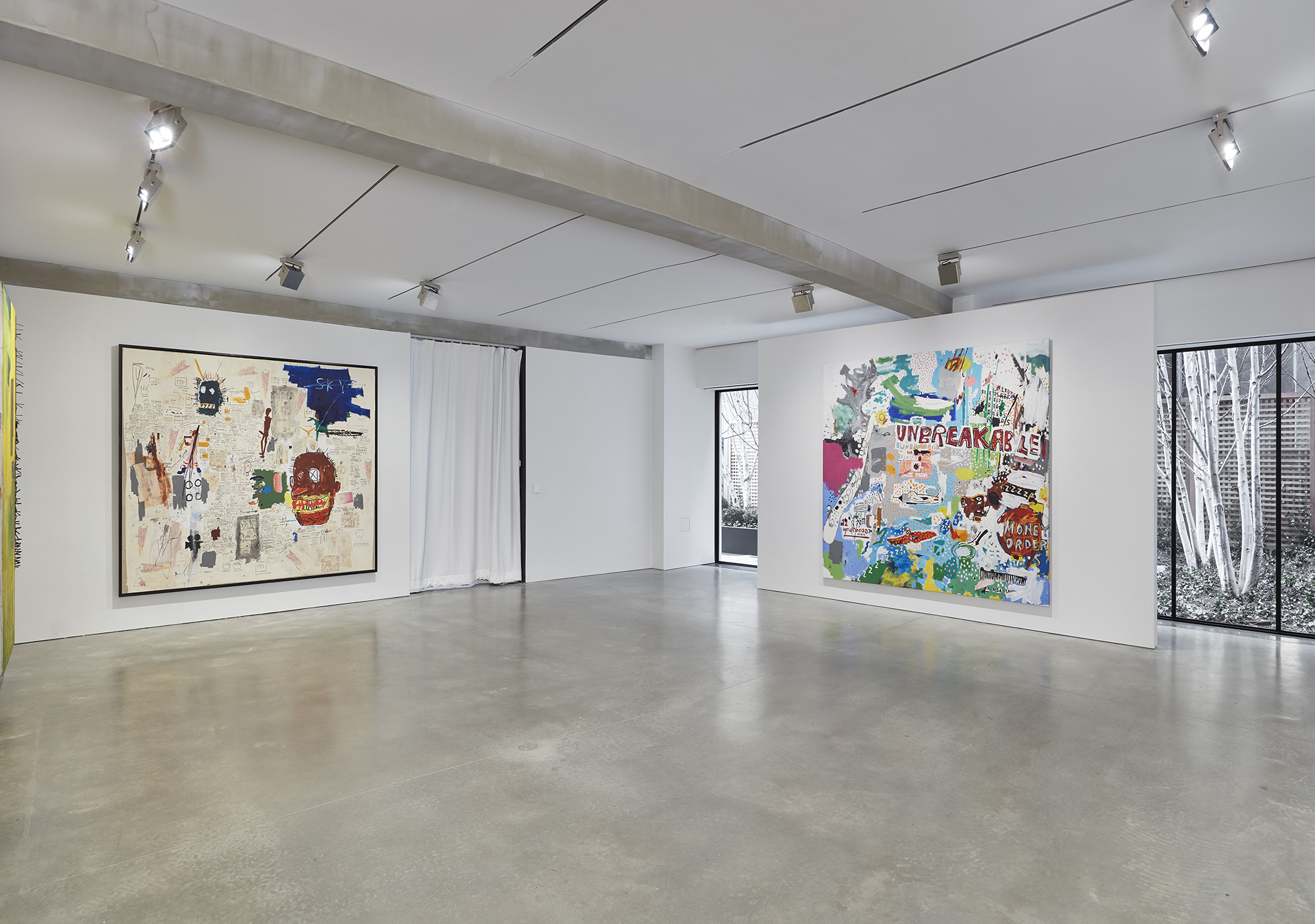
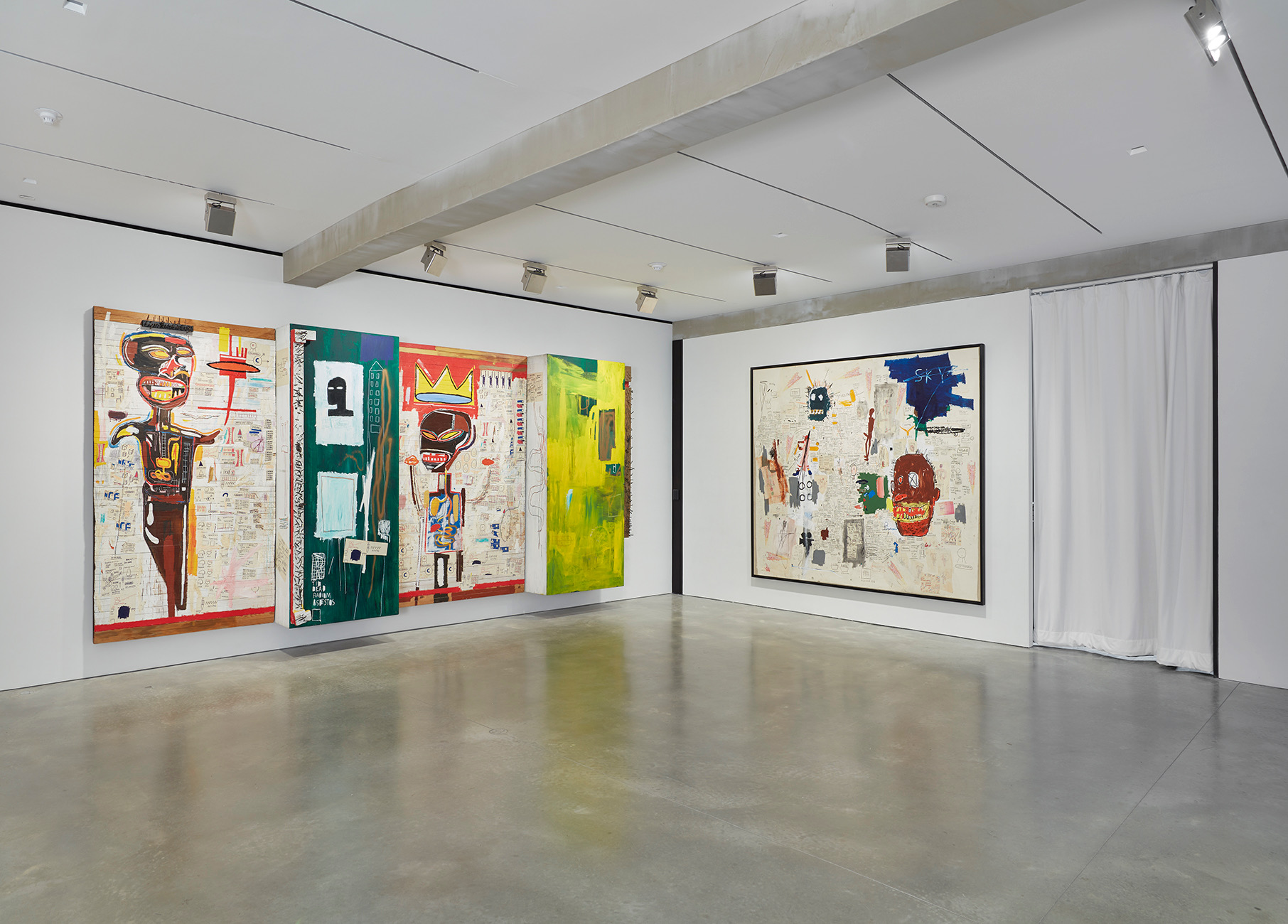
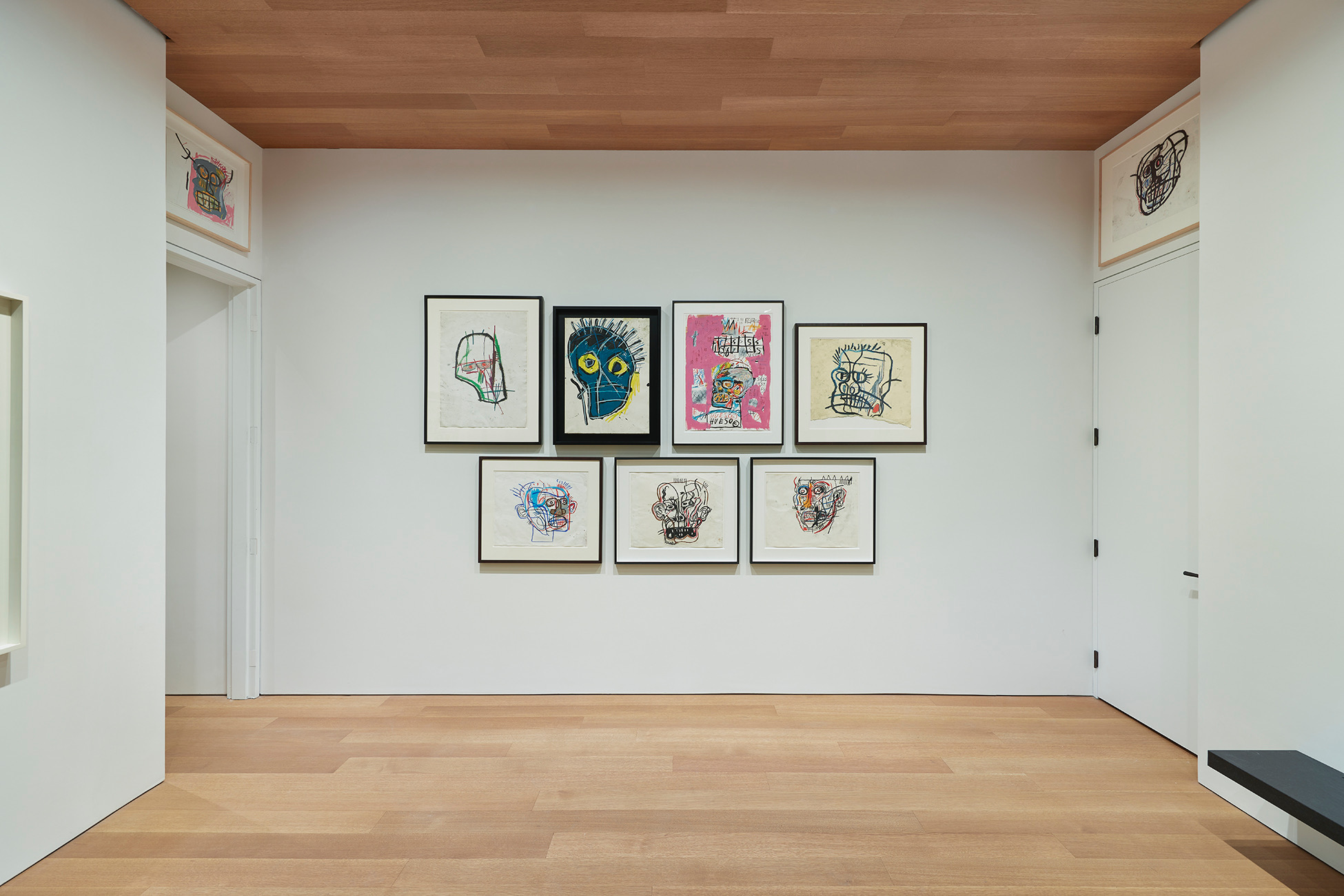
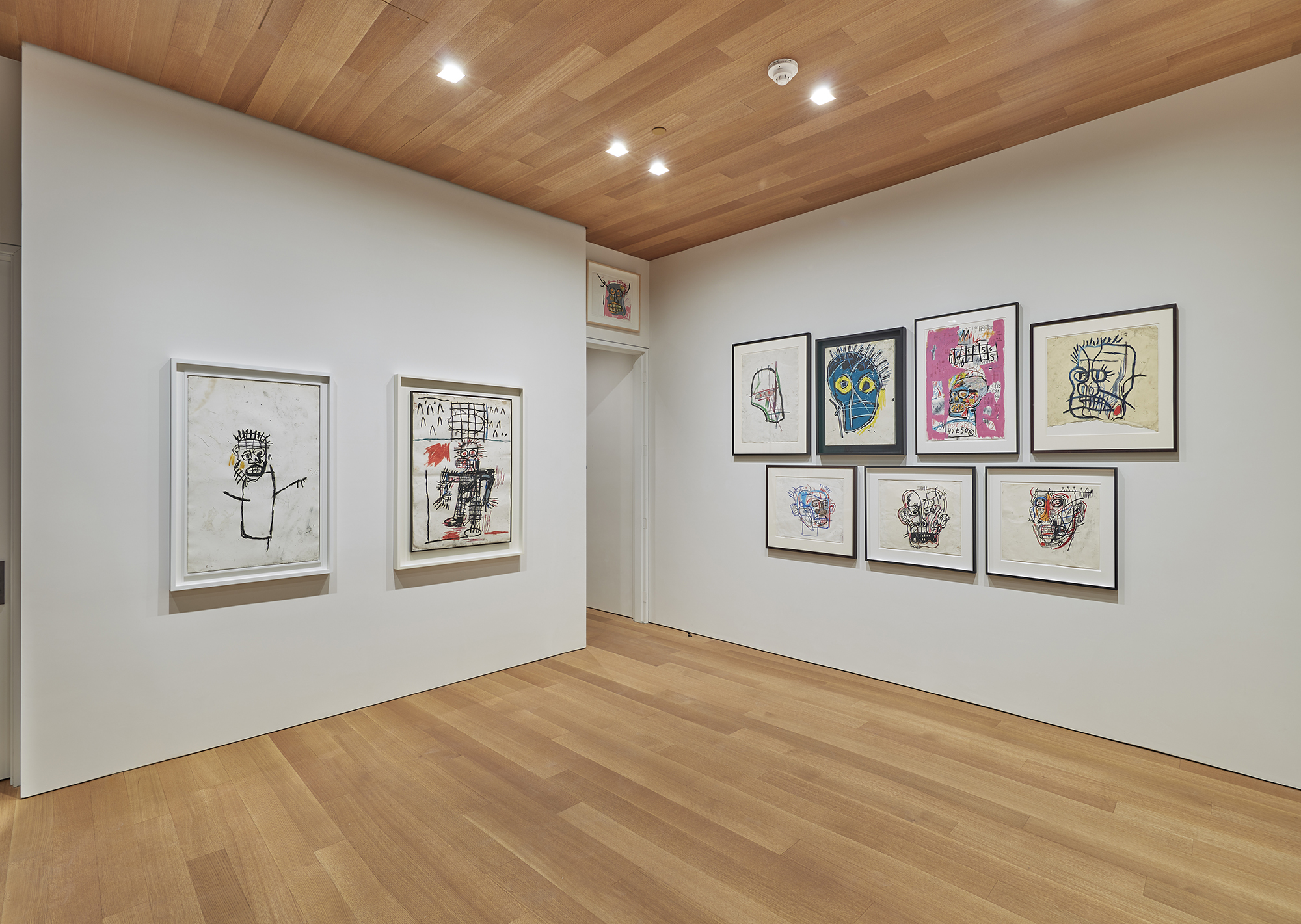
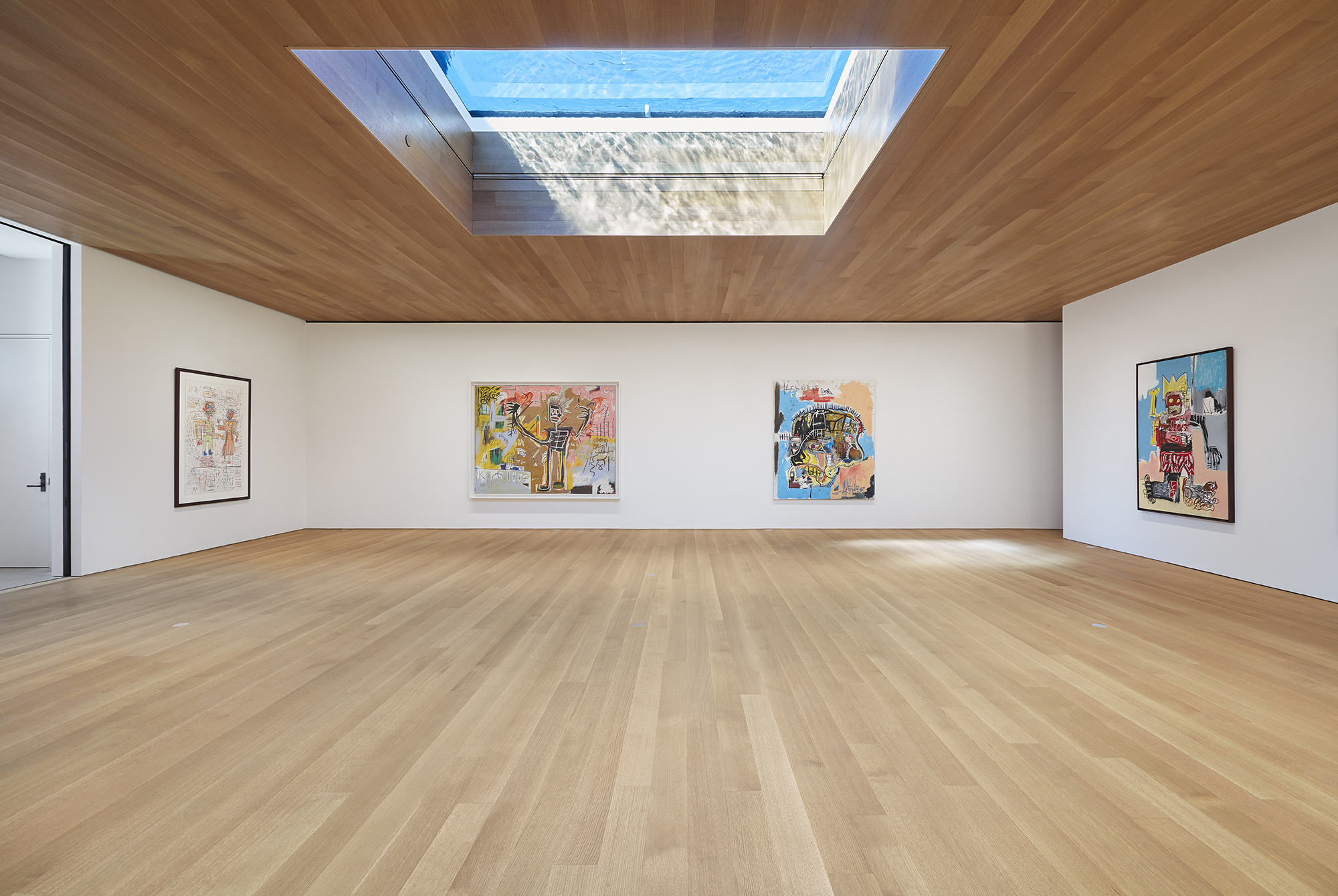
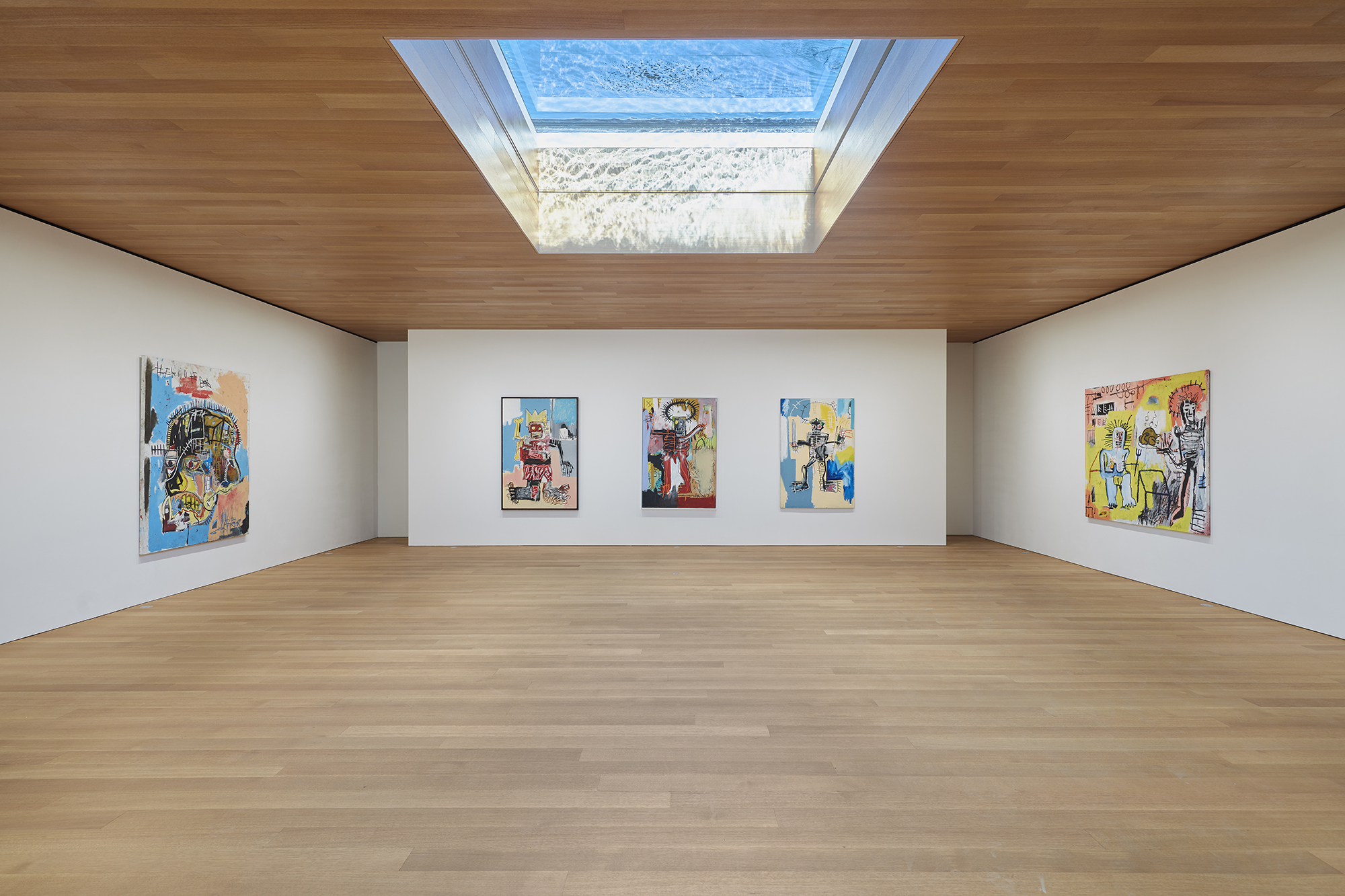
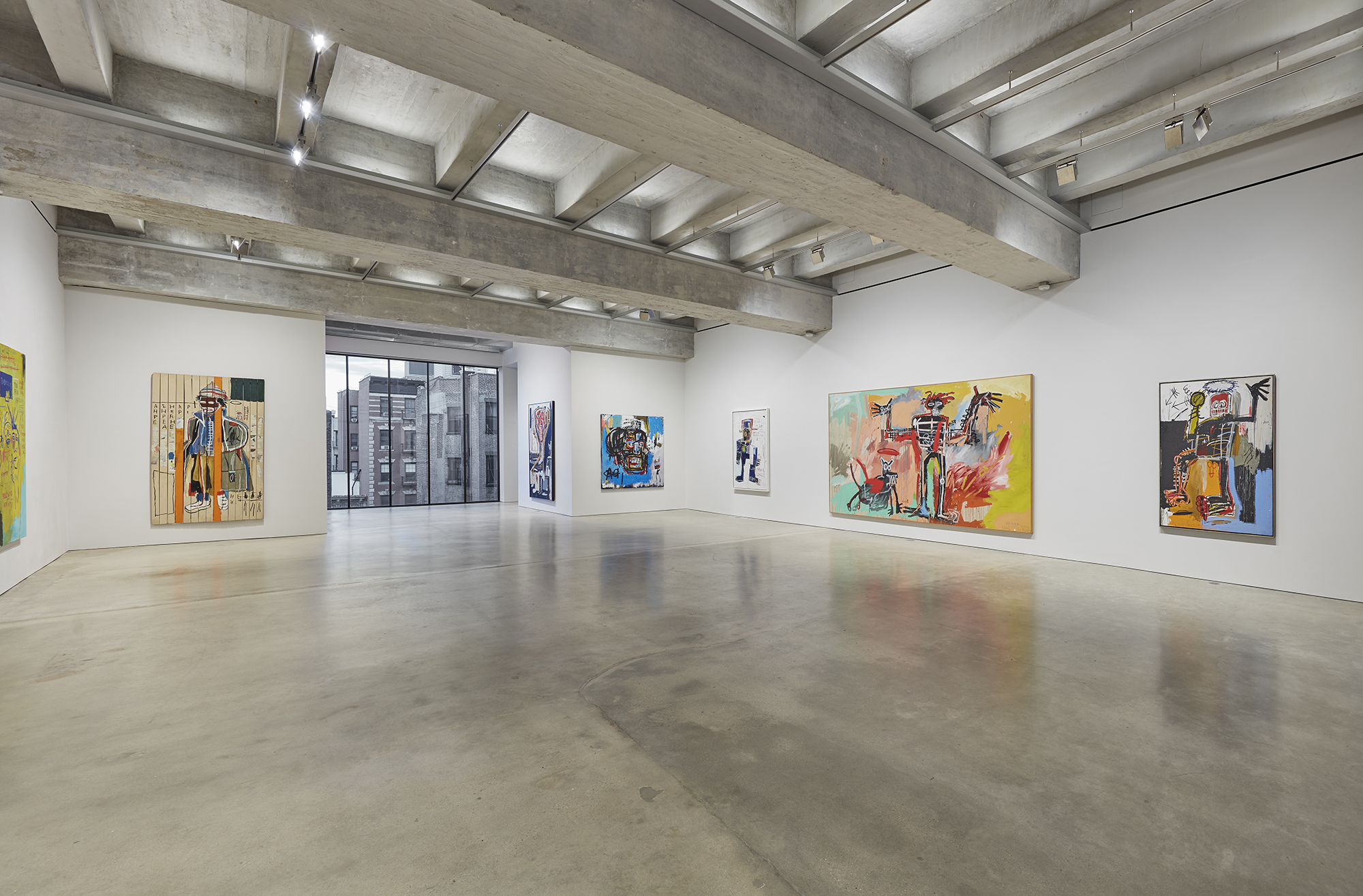
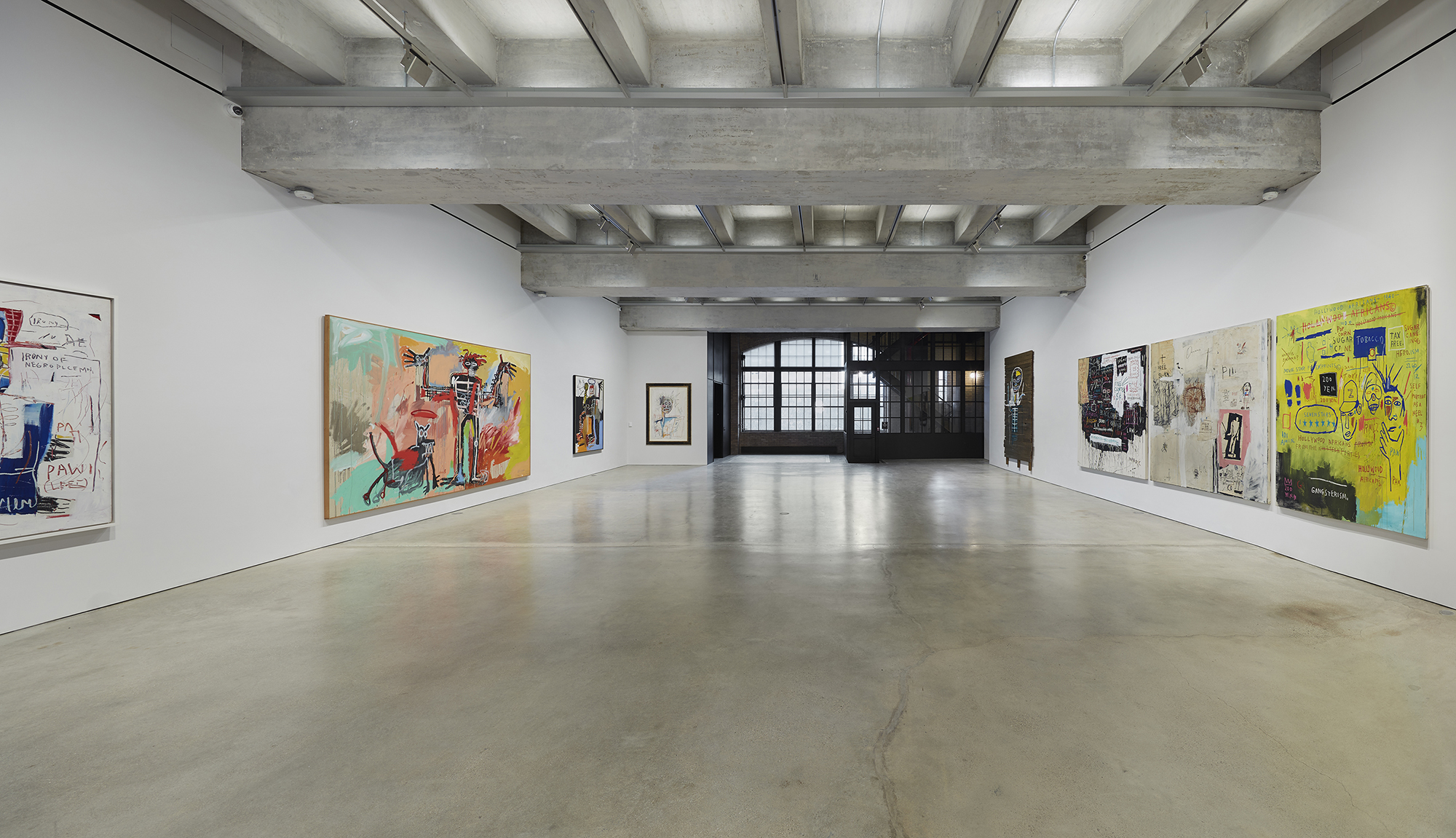
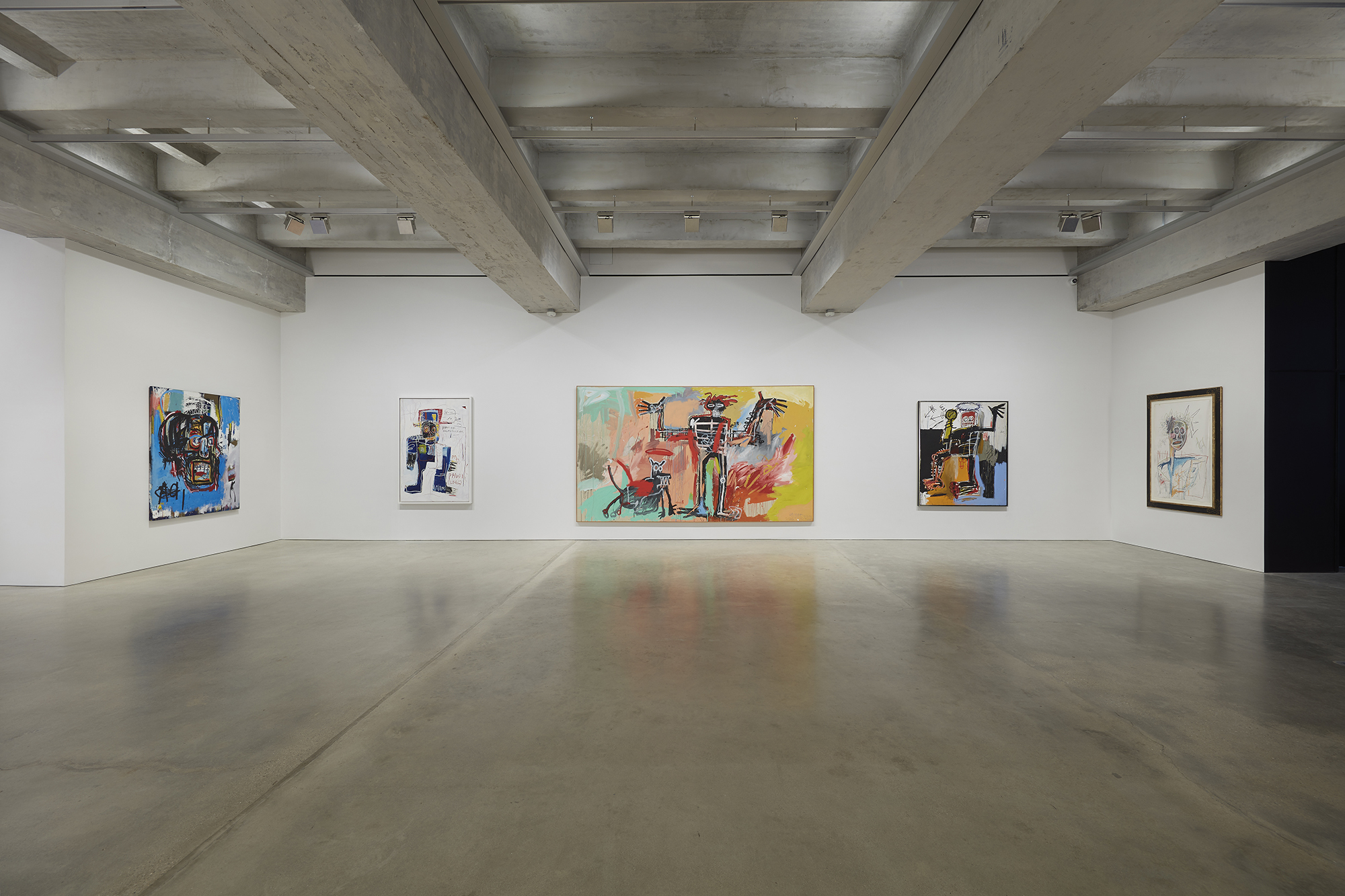
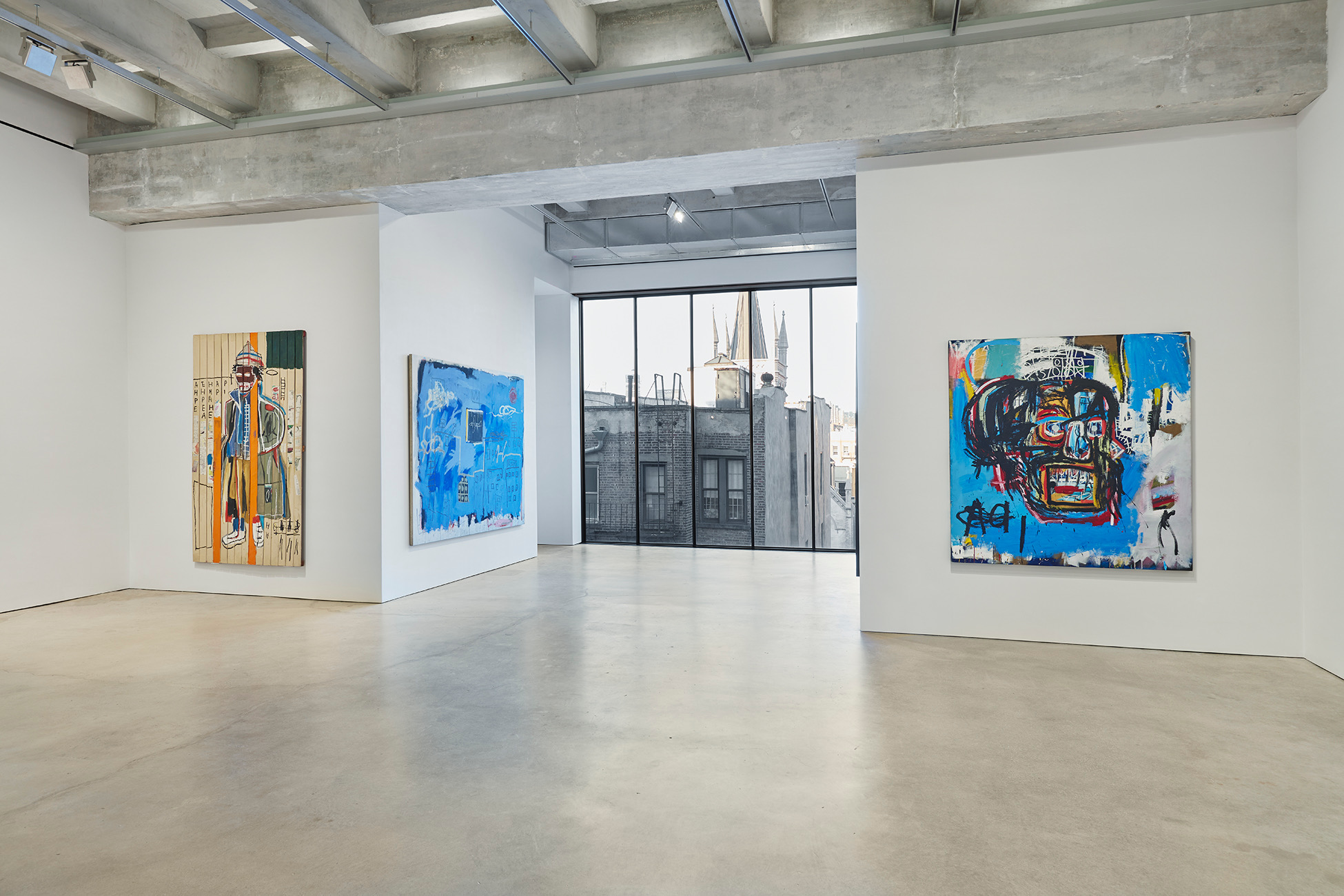
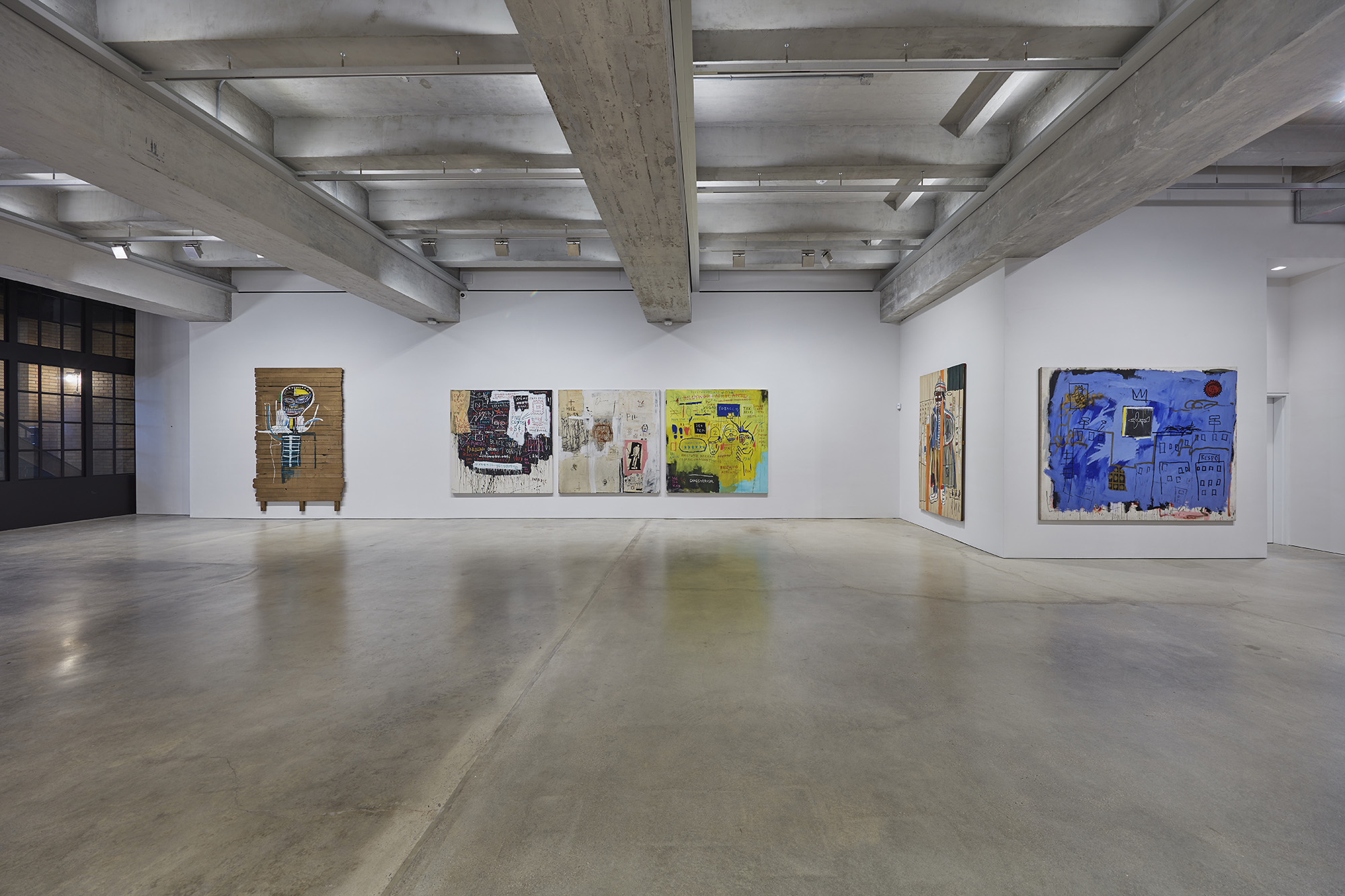
Copyright Estate of Jean-Michel Basquiat. Licensed by Artestar, New York. Courtesy The Brant Foundation.
Photo: Tom Powel Imaging
Jean-Michel Basquiat
The Brant Foundation, New York
March 6 - May 15, 2019
More details on: https://brantfoundation.org/exhibitions/jean-michel-basquiat-exhibition/
*
East Village, New York City (January 28, 2019) – In March 2019, The Brant Foundation will inaugurate its East Village space with an expansive survey of works by Jean-Michel Basquiat.
Jean-Michel Basquiat is curated by Dr. Dieter Buchhart, who curated the iteration of the exhibition currently on view at the Fondation Louis Vuitton, Paris.
The exhibition will draw on works from The Brant Collections as well as several international museums and private collections. Spanning the artist’s entire oeuvre, it will illustrate Basquiat’s prolific yet brief career and broad range of subjects, especially his keen observations of his contemporary world while giving insight into his politics, heroes, influences, and singularity of vision. The exhibition will also bring together several of the artist’s most celebrated large-scale canvases including two of his most well-known head paintings, both Untitled from 1981 and 1982, and the monumental multi-paneled Grillo (1984).
“Basquiat’s complex oeuvre has established him as one of the most important innovators in modern art, even thirty years after his death,” says Brant. “Numerous recent retrospectives have spotlighted his radical approach, illuminating his interdisciplinary contributions to music, poetry, performance, and art and cementing him as one of the most forward-thinking artists of his generation, whose complex engagement with social and political questions makes him more relevant than ever.”
The exhibition demonstrates Basquiat’s ability to distill the world around him into its most poetic essence. One can witness the artist’s process through what Buchhart describes as his “inimitable line ... one that is ready to fight, razor sharp, injured and injuring at the same time; it becomes an existential line between powerlessness and self-empowerment, between human existence and the urgently pressing forces of everyday and institutionalized racism, repression, violence, and death.”
Influenced by artists including Franz Kline and Cy Twombly, in particular, Basquiat focused on drawing and the use of language using a combination of oilstick and acrylic, manifesting his keen thoughts and observations on canvas. “Basquiat took in everything he perceived with his five senses, from all around him,” says Buchhart. “He collaged from his surroundings, from his everyday life. It is the appropriating of the everyday, the coincidental as well as the ostensibly significant that makes his art so unmistakable, so unique.”
Born in 1960 to a Haitian father and Puerto Rican mother, Basquiat was acutely aware of racial tensions and his marginalized place in the world. The artist brought the issues of colonialization, the African Diaspora, racial inequality and representation, and his experience of the street to the forefront in early seminal works such as Arroz con Pollo (1981), Price of Gasoline in the Third World (1982), Untitled (Yellow Tar and Feathers) (1982), Hollywood Africans (1983), and In Italian (1983). Other paintings served to immortalize his heroes: jazz legend Charlie Parker and boxers Sugar Ray Robinson and Joe Louis are depicted as symbols of black excellence and resistance in works such as Charles the First (1982), Untitled (Sugar Ray Robinson) (1982), and St. Joe Louis Surrounded by Snakes (1981). Beyond specific pop culture icons, Basquiat’s struggle with systemic racism and resistance plays out on several canvases on which he creates archetypes and fuses language to reflect his thought process, as seen in Irony of a Negro Policeman (1981), Per Capita (1981), and Untitled (Boxer) (1982).
The complex manner in which Basquiat reflected on modern oppression and exploitation of African Americans draws distinct parallels with contemporary discussions of racial injustice, making his works incredibly timely. Basquiat’s use of language in his works functions like a road map for the viewer, with the artist revealing and crossing out words to show a distilled narrative of thought. Words and names are often abbreviated, fusing form and content, evoking the Modernist concrete poetry exemplified by the writings of William S. Burroughs and Gertrude Stein and pointing to the birth of hip-hop, then a nascent art form, in which Basquiat was involved. Not only did he create a form of visual hip-hop through the rhythm of words and design, Basquiat also worked in numerous Manhattan clubs as a deejay and made music with fellow musicians including Nicholas Taylor and Michael Holman. Later works such as Untitled (1986) show a progression of this free association manifested into dense collages of words overflowing like a flood of thoughts and feelings onto the paper.
“With his way of working, he anticipated the principle of our copy-paste society and literally signaled the coming madness of our allover communication in his art,” says Buchhart. The object and assemblage became increasingly important in Basquiat’s work. He transformed everyday objects, including discarded windows and doors, refrigerators, clothing, and old boards, and incorporated them into his art. This innovative approach is also seen in the treatment of his paintings as objects, exemplified in the exhibition with key pieces such as Now’s the Time (1985), made on a shaped canvas; and Gold Griot (1984) and Anthony Clark (1985), both executed on wood slats.
Up-To-Date is a section curated by Giulia Guanella

